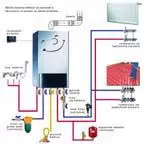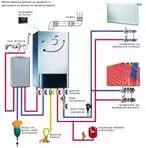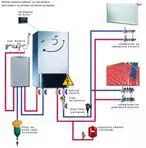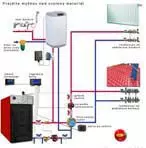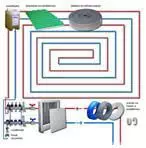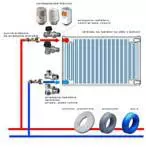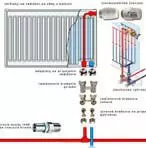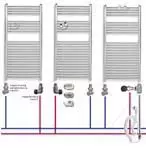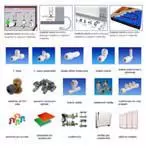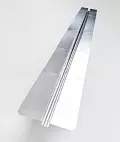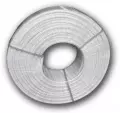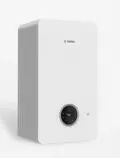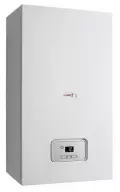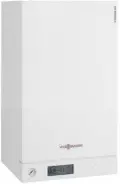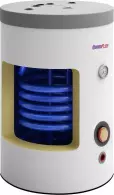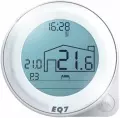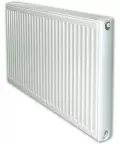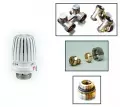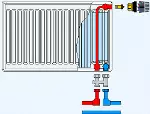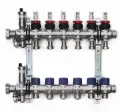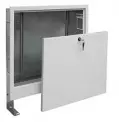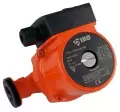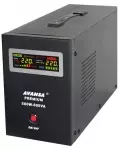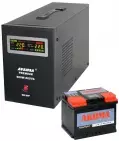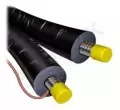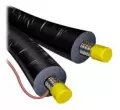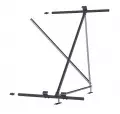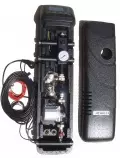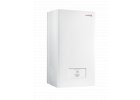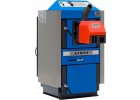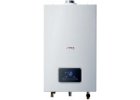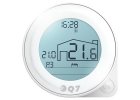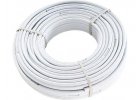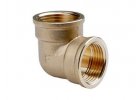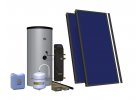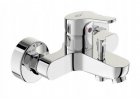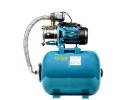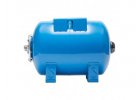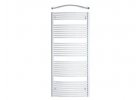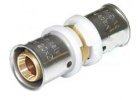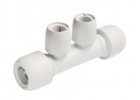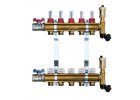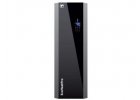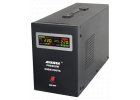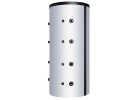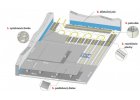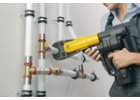brass
Brass is an alloy of copper with zinc and possibly other elements with a smaller proportion.
Division of brass
Depending on the purpose, brasses are divided into wrought and foundry brasses.
According to the number of components, brasses are divided into two groups:
two-component brasses:
tombak
deep drawn brass (30% zinc)
automatic brass (with lead additive; intended for machining)
multi-component brasses:
aluminum
silicon
pewter
manganese
nickel
brass solders
Brass is an alloy of copper with zinc and possibly other elements with a smaller proportion.
Division of brass
Depending on the purpose, brasses are divided into wrought and foundry brasses.
According to the number of components, brasses are divided into two groups:
two-component brasses:
tombak
deep drawn brass (30% zinc)
automatic brass (with lead additive; intended for machining)
multi-component brasses:
aluminum
silicon
pewter
manganese
nickel
brass solders
Two-component brass
The highest proportion of zinc used in brasses for molding is 42%, because with its larger proportion, brittle phases crystallize in the Cu-Zn system. If the zinc content is up to 39%, only one phase (α) crystallizes, with a content of 39 to 46%, two phases (α + β) crystallize. The maximum strength of brass is at 46% zinc, the maximum ductility at 30% zinc.
Multi-component brasses
The addition of other elements improves mechanical and technological properties, or resistance to corrosion.
Aluminum, silicon and tin additives increase strength properties (alloying and grain refinement) and corrosion resistance (protective layer of oxides). If the brasses are intended for forming, they are limited to a maximum of 3% Al, 3% Si and 1% Sn.
Manganese and nickel additives strengthen brass and increase corrosion resistance. Manganese is represented up to a maximum of 3%, as it impairs ductility, on the contrary, nickel up to 20%, as it improves ductility. Nickel brasses can be polished and are suitable for plating, so they were used to make cutlery and decorative objects.
Brass solders belong to hard solders, they are intended for mechanically stressed connections. They are suitable for joining metals with a melting temperature above 1000°C. Brass density 8,700 kg/m3.
Brass products
The following table shows examples of brass products. In the first column there is a designation of brass: the number after the Ms sign means the proportion of copper, the other numbers and signs the proportion of the corresponding chemical element.
composition of brass products
Ms96 radiator tubes
Ms90 pressure gauge parts, decorative items
Ms70 musical instruments
Ms60 small plated goods
Ms47 pump parts up to 250°C
Ms60Sn musical instruments
Ms58Mn decorative items
Ms65Ni14 chemically resistant
Ms80Si3 bearings, bushings
Odoslať spätnú väzbu













